The other night I was on a mass Zoom call with the author of White Fragility. The group sponsoring the call was Women for Biden, and from the nature of the questions I’m guessing most of the several hundred participants were white suburban women like me.
One of the questions for writer Robin DiAngelo was how to deal with racist comments made by others. The speaker said the first step was to recognize your own racism. As in, stop trying to take the speck out of your neighbor’s eye when there’s a big fat log in your own, even if you’re very, very sure it’s the other way around. She said we simply had to broaden our understanding of racists beyond bad people doing and saying terrible things and understand that as whites participating in and benefiting from an inherently, systemically racist society, we, too, are racists.
She knew many of us would recoil from this, and she allowed us to save our breath by ticking off the myriad denials she had already heard: “I can’t be a racist because …” I have black friends, or I’ve traveled the world and embrace all cultures, or I grew up in terrible poverty and know what it is to suffer, or (my personal favorite) I’m Canadian!
I immediately recognized that in my case the excuse for not owning the abhorrent title of racist would be this: “I taught in the Detroit Public Schools.” And then I flashed back to those years.
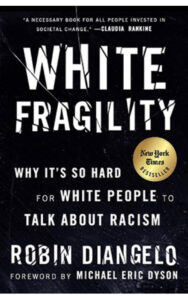
Visit http://robindiangelo.com
I was suffering from middle-aged white liberal guilt. I loved kids, loved the one hour every week I got to escape the banking job for which I was ill-suited to do Community Outreach as a Junior Achievement volunteer teaching economic concepts to grade schoolers. I went back to school, got a teaching certificate, quit the bank and decided the only place I’d apply was Detroit. They needed teachers, those kids deserved as good an education as my own white suburban child, someone had to do it, so why not me?
I was 43 years old, but a babe in the teaching woods. The school had 900 kids, all African American and 90% of them qualified for free lunches. The principal and about one-third of the teachers were white.
A tall, soft-spoken blonde in the classroom next door took me under her wing. She carefully explained that classroom management was the secret to success. She said the things she was about to recommend would not be used in the suburbs but would not be necessary there. These included taking all of my second-graders to the bathroom at the same time, walking down the hall in a single file with arms crossed, and creating a color-coded chart where everyone started each day in green but could be moved sequentially to blue, yellow or red for behavioral infractions. There should be penalties for red and rewards for green.
I shudder now to think of the monthly class parties I held, complete with games and cupcakes, for those who had accumulated enough green days, while the “bad” kids looked on from the other side of the room where they were doing school work.
And then there was my absolute insistence on standard English. We held a class meeting each day, sitting in a circle on the rug and passing a stuffed animal around while each person shared something on their mind. This could include grievances and often did. Mostly they would begin with “When we was on the playground,” and I would say, “When we were on the playground.”
I felt victorious a couple months in when the kids started correcting each other without a word from me. Until I walked down the hall one day and heard a fellow teacher say to her class, “When we was going to the library, I did not like …”
Did I let it go and accept that this was a perfectly valid way of communicating, even if it was foreign to my ear? I did not. I doubled down in my efforts telling myself these kids would be applying for jobs one day, probably from people who spoke as I did and would expect the same from them. I referred to this as the language of the business world, rather than standard English.
And then there was the Teacher’s Lounge. I only learned later than anyone with a brain in their head avoided that place like the plague and ate a quiet bag lunch at their desk. But I was lonely and sad and overwhelmed, and the idea of venting to sympathetic colleagues or even listening to their woes was beyond appealing. It felt like a possible lifeline.
So, in I went. I didn’t know anybody, so it didn’t seem to matter where I sat. I chose one of the two tables, only later realizing I’d chosen the “wrong” one. The black one. No one was mean, but no one was friendly either, and as people trickled in, I saw that there was some unspoken seating arrangement and all of my white colleagues were at the other table.
That’s where I sat in the future, until I figured out that nothing good really happened in that room, and another new teacher and I started eating together in her classroom.
“I am part of and have benefited from a society that values whiteness and rewards it in ways we don’t even realize, recognize or understand. That’s the log in my own eye.”
I made it through three exhausting, drama-filled years that included a parent stealing my purse out of my desk, a public set-to with my part-time room assistant, and defying administration by sneaking my kids out for recess after it had been banned due to the need for more instructional hours at our failing school.
I had a grandmother express profound relief that her child had a white teacher. I had black colleagues openly shun me when I got above-average attendance at parent-teacher conferences by offering a bribe of refreshments and school supplies. I learned to never send a kid to the principal for discipline because he let them make copies and deliveries, which they loved.
I had a parent tell me her 6-year-old twins were always late for school because no matter how often she reminded them, they forgot to stop watching TV in the mornings to wake her up. I called another parent to discuss behavior issues I was having with her son, and she showed up in my classroom 10 minutes later and spanked him in front of the entire class.
Although these incidents were all troubling, the bigger problem was the negative and lasting judgments I made about the specific people involved and by extension the “population” in and around our school.
My third year, just as I was starting to find some footing and had stopped crying every single day, I got pregnant. I thought I’d go back, but ultimately decided to stay home with the baby, a financial luxury I’d not been able to afford with my first child.
Fast forward 20 years, and I am visiting this “baby” at her liberal arts college, and parents have been invited to attend select classes. She is down with the flu but tells me to go ahead and keep the schedule. I’m in her Racism class when the topic turns to well-meaning, clueless white women going into the inner city to teach. How harmful that is. How wrong-headed. How what’s really needed are black children being taught by black teachers. How these suburban whites can never understand the black experience, never be proper role models for these students.
Had I not already introduced myself to the prof, and if my daughter were not the type to be mortified if I opened my mouth in that setting, I am sure I would’ve entered the fray. And what I would’ve said is, “Great! Go find some black teachers who want the jobs. These places are hell holes, nobody wants to teach there, and while you are busy recruiting and training black teachers, who do you propose will educate these children? I’ll tell you who. Guilt-ridden white liberals like me. You’re welcome.”
It was after this experience that my daughter patiently explained to me that I am a racist. Not because I taught in the ghetto and openly called it that. Not because I had no respect for Black English. Not because my friends there were all white. Because I was white. All my check-writing, kid-loving, career-changing behavior didn’t give me a get out of jail free card. There was no get out of jail free card.
I am white. I am part of and have benefited from a society that values whiteness and rewards it in ways we don’t even realize, recognize or understand. That’s the log in my own eye.
And that’s the response given by DiAngelo, the White Fragility author, to all of those people who make the case that they are not racists. She says, “Yes, but ask yourself how being white has informed those experiences?”
In my case, I drove home each day after school to my safe, white, suburban neighborhood where my own child went to a top-rated school that she could safely walk to. She had all the school supplies she’d ever want, 100% of parents at her school attended conferences and 90% of district high schoolers went on to college.
And let’s not forget that I’m still pretty pissed that in 1972 my 3.9 GPA, glowing recommendations, strong SAT scores and a list of activities as long as your arm wasn’t enough to get me into the Residential College at the University of Michigan, which said, in declining my application, that they were committed to a “diverse” student body. In other words, we’ve got all the smart white girls from East Lansing, Michigan, that we need, thank you very much.
So, yes. I am a racist. It is deep within me and you and every white person we know. It may not be our fault exactly, but it is our obligation to change. I don’t know how to do that, but I think the baby I birthed at the dawn of this millennium will show me the way. I hope so.
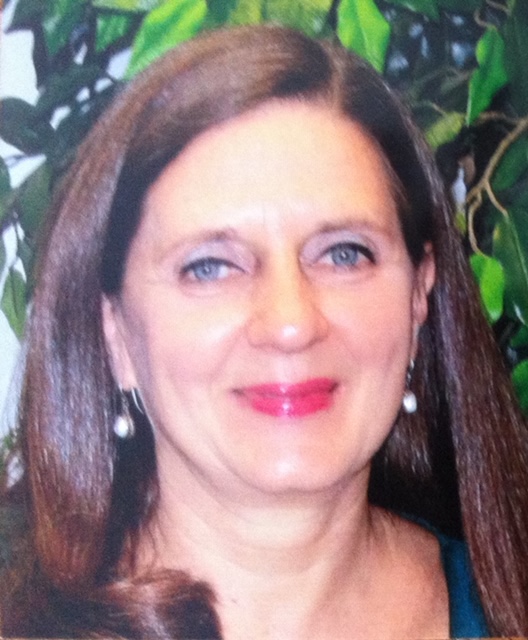
ABOUT THE AUTHOR: Mary Robertson is a mother, music teacher and writer living in suburban Detroit.
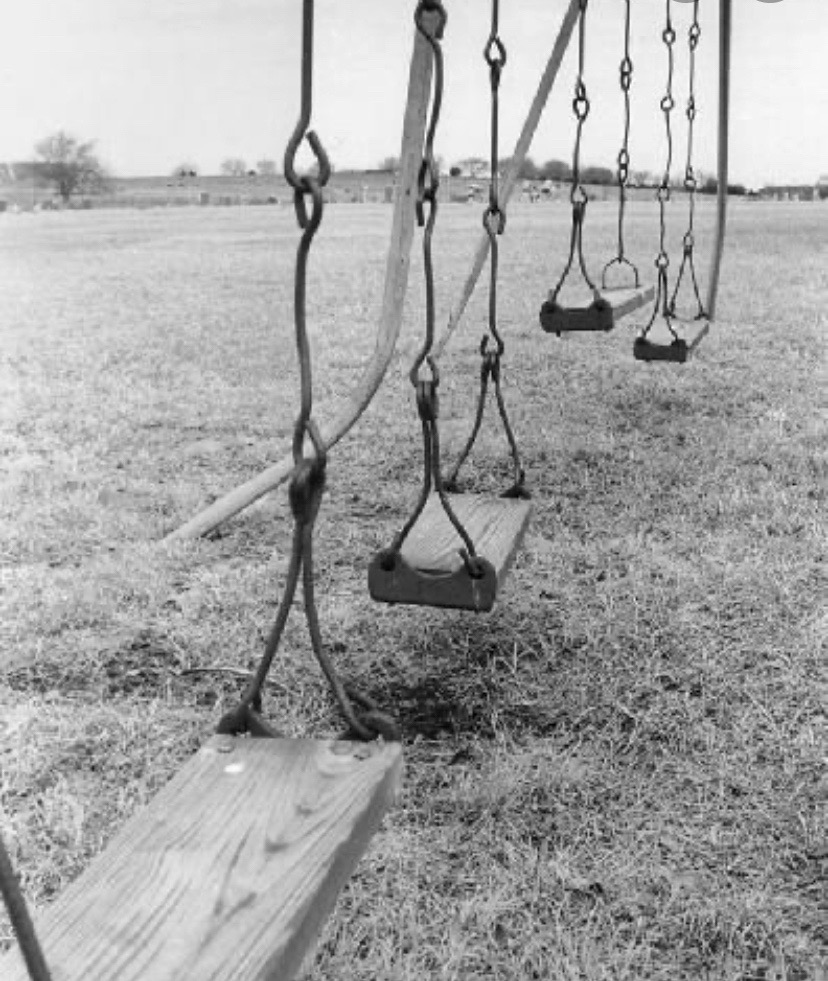


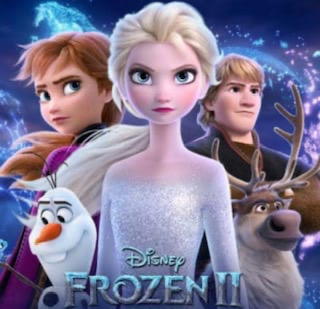
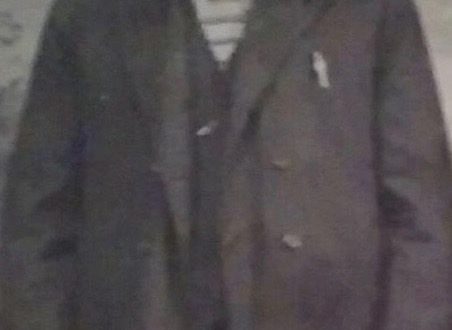

4 Comments
Jennifer John
Thank you, Mary, for being a guest blogger on my site. Your words are powerful.
Barbara Arnett
Wonderful yet somber article. Beautifully articulated. Thanks for posting!
mrmiller48
Wonderful piece, Mary! Your self-examination exposes the cracks in all of our innate and unconscious prejudices.
Harah Frost
Very particular, honest, and therefore useful examination. May we all take up the challenge.